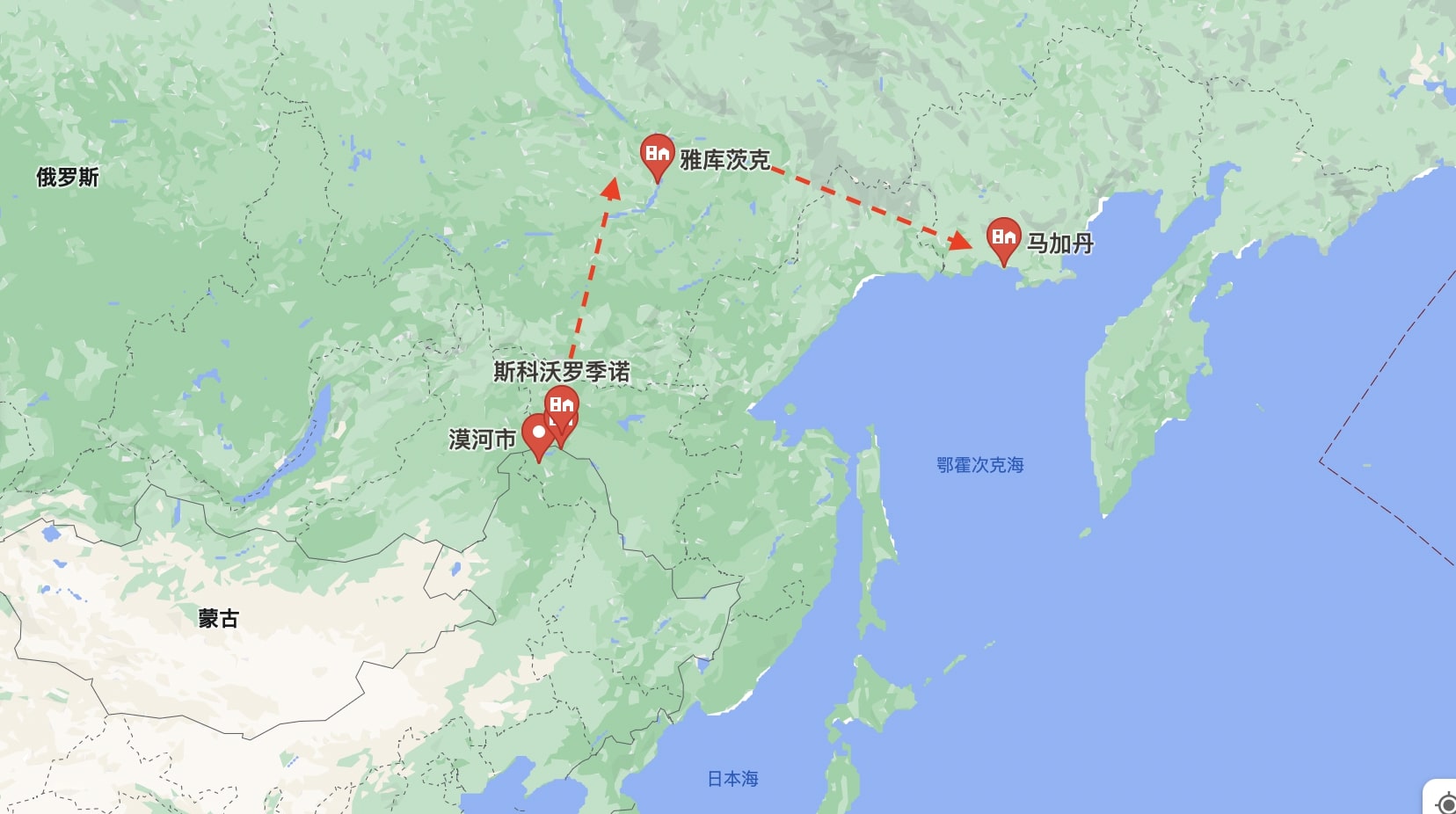
A new rail bridge between China and Russia in the pipeline
The construction of a new railway bridge between China and Russia has been approved. The bridge will cross the Amur river, connecting Mohe, in China, with Dzhalinda, in Russia, providing the Sakha Republic with direct access to China. The approval of the project was reported by the Information Office of the Sakha Republic on 16 March.
Thanks to the bridge, the new route will be 2,000 kilometres shorter than the routes currently used. Currently, the Sakha Republic can access the Chinese market only by sea through the ports in eastern Russia, such as Vladivostok. The Mohe-Dzhalinda section has been closed since 2003 due to low cargo and passenger traffic.
Faster access to China for the Sakha Republic
The Republic of Sakha, also known as the Republic of Yakutia, is the largest administrative region of the Russian Federation. At the same time, this area has the lowest population density in Russia. Due to the harsh natural conditions in winter, the transport industry is not significantly developed. But the natural resources that the Sakha Republic possesses are one of its development potentials. This region can count on numerous deposits of coal, natural gas, timber, and iron ore.
Although the region is rich in natural resources, the transportation system in the Far East cannot digest them. The construction of the railway will provide a smooth pipeline for the export and transportation of natural resources in the east. The new railway bridge will further serve and promote the transportation of energy commodities from Russia to China by railway.

New China-Russia rail corridor
According to the Russian press agency TASS, China intends to invest in railway construction in the Sakha Republic. But it does not stop there. The new Mohe-Dzhalinda railway bridge will also be the start of a new international corridor in the Russian Far East: the Mohe-Magadan railway line.
TASS stated that the Republic of Sakha Railway Company signed a Memorandum of Understanding with the China Industry Overseas Development Association to carry out the follow-up construction of the new international corridor in the Russian Far East. The railway line will pass through Mohe, Dzhalinda, Skovorodino, Yakutsk, and finally arrive at the port of Magadan.
Tongjiang Bridge
The other Sino-Russian railway bridge, which opened in November 2022, is the Tongjiang Bridge. The Tongjiang Bridge is located over 1,300 kilometres east of Mohe. This is the first, and currently only, railway bridge connecting China and Russia. After seven years of construction, the 7,194-meter-long bridge opened on 16 November 2022. The bridge shortens the journey between the Heilongjiang region and Moscow by 809 kilometers, saving 10 hours of transit time compared to the journey through the Suifenhe border crossing.
This article was originally published on our sister publication RailFreight.cn




